How AI in Transportation is Changing the Way We Move
Table of Contents
Introduction
Imagine a world where traffic congestion is a thing of the past. Your daily commute transforms from a stressful ordeal into a smooth, efficient journey managed by a network of intelligent systems. This isn’t science fiction, but the imminent reality thanks to advancements in Artificial Intelligence (AI). This comprehensive exploration will delve into how AI is not just revolutionizing transportation, but fundamentally redefining it for a new era.
The Current State of AI in Transportation
Transportation has always served as a reflection of technological progress. Today, AI stands at the forefront, offering solutions that were once relegated to the realm of fantasy. From predictive analytics that anticipate traffic patterns to autonomous vehicles that take the wheel entirely, AI is already making its mark.
Key Advancements: The Building Blocks of a Smarter Transportation System
The journey of AI in transportation has been paved by several key advancements:
- Machine Learning Algorithms: These algorithms are the workhorses of AI, allowing vehicles to adapt and learn from vast sets of data. As they encounter new situations, their decision-making capabilities continuously improve.
- Computer Vision: This technology empowers vehicles to “see” and understand the world around them. By processing visual data, AI systems can navigate effectively and detect obstacles with exceptional accuracy.
- Sensor Fusion: No single sensor offers a complete picture. By combining data from various sensors like cameras, radar, and LiDAR (Light Detection and Ranging), AI systems gain a comprehensive 360-degree view of their surroundings, which is crucial for safe operation.
Autonomous Vehicles
At the heart of the autonomous vehicle revolution lies a powerful combination of technologies:
- LIDAR (Light Detection and Ranging): This technology creates detailed 3D maps of the environment, enabling precise navigation for self-driving cars.
- RADAR (Radio Detection and Ranging): RADAR helps autonomous vehicles detect objects and measure their speed and distance, even in low-visibility conditions.
- Neural Networks: These artificial “brains” process the data collected from various sensors and make real-time decisions, guiding the vehicle safely through its journey.

The Promise and the Challenges:
The benefits of autonomous vehicles are vast and compelling:
- Enhanced Safety: By removing human error from the equation, autonomous vehicles have the potential to significantly reduce road accidents.
- Improved Efficiency: Optimized routing and traffic management powered by AI can lead to less congestion, saving time and fuel.
- Expanded Accessibility: Autonomous vehicles can provide new levels of independence for those who are unable to drive themselves.
However, significant challenges remain:
- Security Concerns: Protecting these high-tech vehicles from cyberattacks is paramount to ensure passenger safety and prevent malicious manipulation.
- Ethical Dilemmas: Autonomous vehicles may face situations requiring complex moral judgments. How these vehicles are programmed to handle such scenarios raises critical ethical questions.
- Legislative Hurdles: Current laws and regulations may not be equipped to handle the complexities of autonomous vehicles. Governments must develop a legal framework that fosters innovation while prioritizing safety.
AI in Public Transportation
Smart cities are urban areas that leverage technology to collect data and manage resources efficiently. AI in transportation plays a pivotal role in this ecosystem by:
- Optimizing Traffic Flow: AI algorithms can analyze traffic patterns in real-time, dynamically adjusting traffic lights and public transportation schedules to reduce wait times and improve overall flow.
- Predictive Maintenance: AI can analyze sensor data from infrastructure to anticipate when maintenance is needed, preventing breakdowns and delays in public transportation systems.
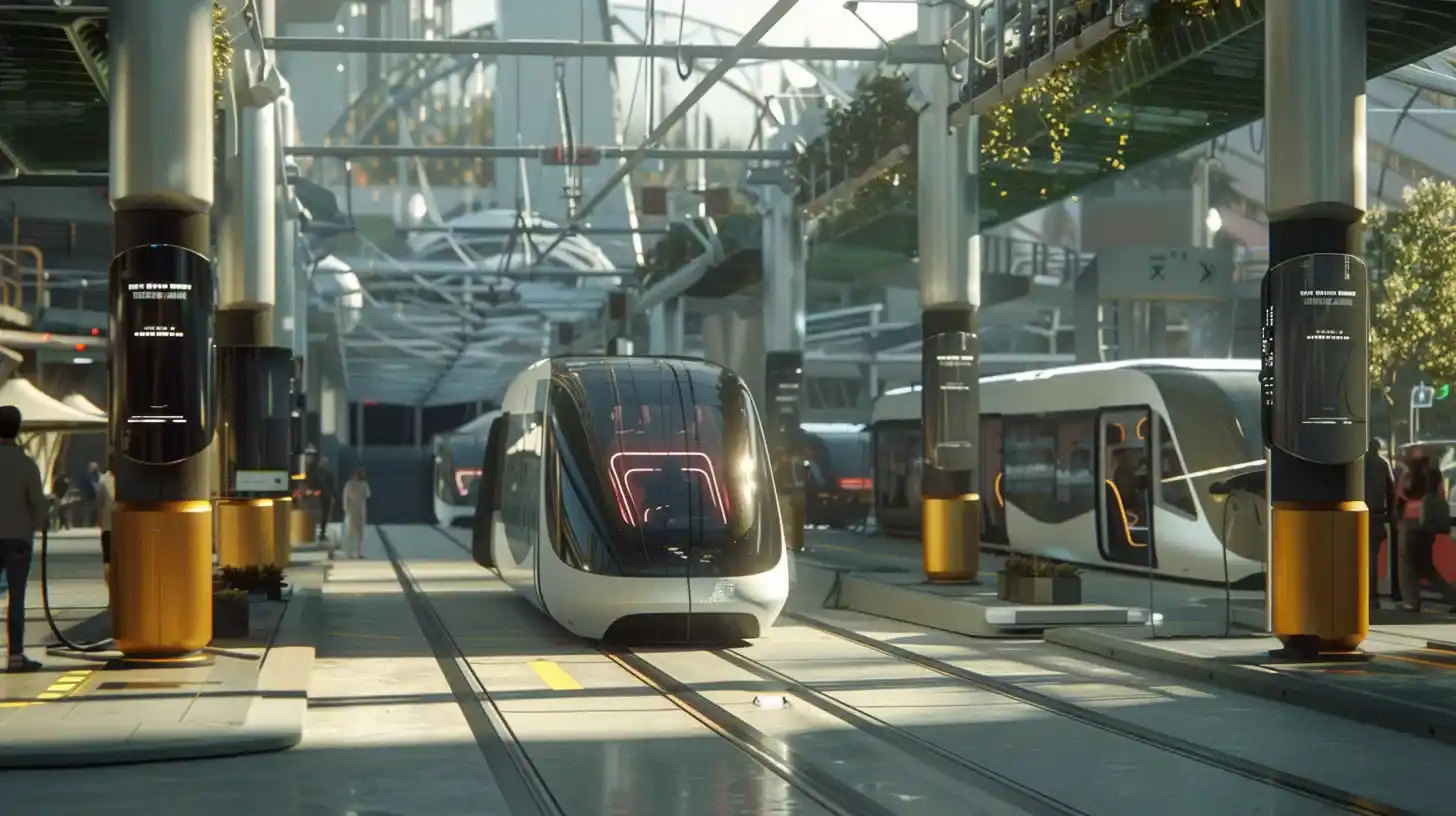
Cities around the world are embracing AI to transform public transportation. Singapore has implemented AI-powered autonomous buses and real-time tracking systems, while Dubai is exploring the potential of AI-powered flying taxis. These pioneering efforts showcase the vast potential of AI in revolutionizing urban mobility.
AI in Logistics and Supply Chain
Warehouses are transforming with the integration of AI-powered robots:
- Pick and Pack Automation: Robots can efficiently select items from shelves and prepare them for shipping, increasing efficiency and reducing reliance on manual labor.
- Intelligent Inventory Management: AI systems can keep track of stock levels and predict demand fluctuations, preventing stockouts and optimizing inventory management.
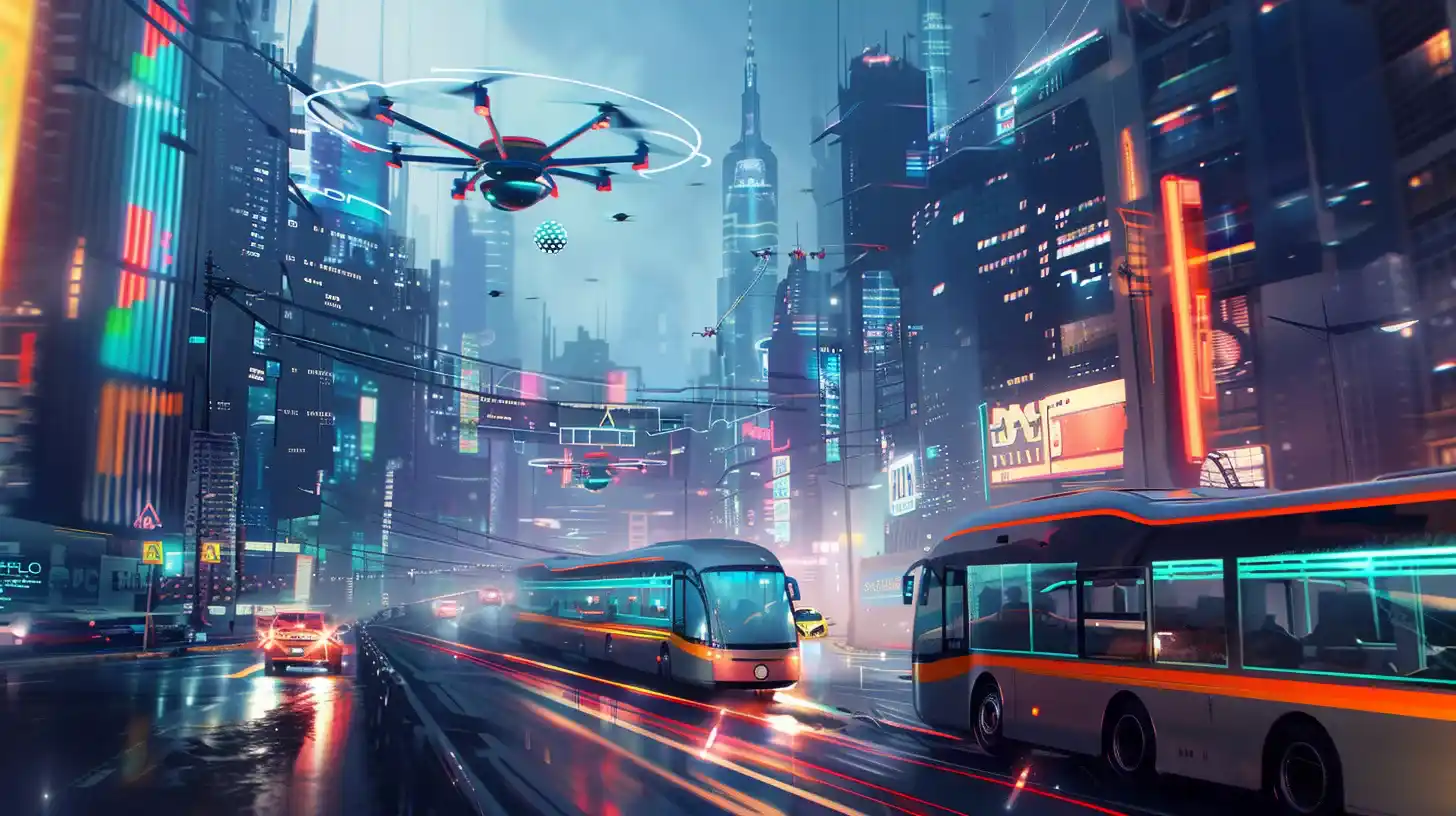
Drone Delivery Systems and the Future of Last-Mile Logistics:
Drones are poised to disrupt the delivery landscape by:
- Reduced Delivery Times: By bypassing road traffic, drones can deliver goods significantly faster, transforming the e-commerce experience.
- Lowered Delivery Costs: Eliminating the need for human drivers can bring down delivery costs, potentially making deliveries cheap.
Ethical and Safety Considerations
As AI integration in transportation continues to accelerate, ethical and safety considerations must be addressed:
- Privacy Concerns: AI systems collect and process vast amounts of data, raising concerns about user privacy. Implementing robust data protection measures and ensuring transparency on how data is collected and used is crucial.
- Algorithmic Bias: AI algorithms can perpetuate societal biases if trained on biased datasets. Mitigating algorithmic bias involves careful data selection and ongoing monitoring of AI systems.
- Job Displacement: Automation powered by AI may lead to job losses in specific sectors like transportation and logistics. Governments and businesses must work together to develop retraining programs and support workers transitioning to new roles in the evolving landscape.
The Role of Regulations:
Regulations must keep pace with technological advancements to ensure the safe and ethical implementation of AI in transportation:
- International Standards: Developing international guidelines for AI in transportation is critical to ensure consistency, safety, and ethical considerations across borders.
- Testing and Certification: Establishing rigorous testing protocols for autonomous vehicles and other AI-powered systems before deployment is essential to guarantee their reliability and safety on the roads.
The Environmental Impact of AI-Driven Transportation:
AI holds the potential to transform transportation into a more sustainable endeavor:
- Route Optimization: By optimizing routing and traffic flow, AI can reduce the time vehicles spend on the road, leading to lower emissions and fuel consumption.
- Electric Vehicle Integration: AI can play a crucial role in managing the efficient operation and charging of electric vehicle fleets, accelerating the transition towards cleaner transportation solutions.
A Holistic Approach to Sustainability:
Sustainability goes beyond simply reducing emissions. AI can contribute to a more sustainable transportation system in several ways:
- Resource Management: AI systems can optimize the use of materials and energy throughout the transportation chain, minimizing the environmental footprint.
- Infrastructure Planning: Cities can leverage AI to design sustainable transportation infrastructure, promoting walkable neighborhoods, bike lanes, and efficient public transportation systems.
The Economic Implications of AI-Driven Transportation
The economic impact of AI in transportation will be multifaceted:
- Job Creation: While some jobs may be displaced by automation, AI will also create new opportunities in sectors like data science, engineering, and cybersecurity.
- Increased Productivity: Efficient transportation systems powered by AI can boost productivity across various industries, leading to economic growth.
- Market Expansion: New technologies like autonomous vehicles and drone delivery systems have the potential to create entirely new markets and services.
The Challenge of Inequality: The economic benefits of AI in transportation must be distributed equitably to avoid exacerbating existing inequalities. Governments and businesses have a responsibility to ensure these advancements benefit everyone, not just a select few.
The Future Prospects of AI in Transportation
AI has a lot of potential in the transportation industry:
- Widespread Adoption of Autonomous Vehicles: Self-driving cars could become the norm on our roads within the next few decades, fundamentally altering the way we commute and travel.
- Integrated Transport Systems: A seamless blend of personal and public transportation, all powered by AI, could revolutionize urban mobility, offering customized and efficient travel options.

Emerging Technologies:
The frontier of AI in transportation is constantly expanding, with exciting new technologies on the horizon:
- Hyperloops: These futuristic transportation systems could propel capsules through vacuum tubes at ultra-high speeds, redefining long-distance travel.
- Flying Cars: Once science fiction, flying cars are a field of active research and development, with the potential to transform urban transportation and create entirely new transportation corridors.
Conclusion
AI in transportation is a journey of endless possibilities. By acknowledging the challenges, embracing the opportunities, and ensuring responsible development, we stand on the brink of a new era. Transportation will no longer be a means to an end, but a seamless and sustainable journey in itself. The road ahead may be filled with twists and turns, but with AI as our guide, we can navigate toward a future where transportation is safer, more efficient, and kinder to our planet.
This transformation won’t happen overnight, but with continued research, development, and responsible implementation, AI has the potential to revolutionize the way we move people and goods, shaping a transportation landscape that is not only functional but also improves our quality of life.
FAQs
What are the main benefits of AI in transportation?
The main benefits of AI in transportation include:
- Increased safety by reducing human error.
- Improved efficiency through optimized routing and traffic management.
- Enhanced accessibility for those who cannot drive themselves.
- A transportation system that is more sustainable and has lower emissions.
- Increased productivity across various industries.
- Creation of new markets and services.
How do autonomous vehicles work?
Autonomous vehicles rely on a combination of technologies including:
- Machine learning algorithms allow the vehicle to learn and adapt to its surroundings.
- Sensors like cameras, radar, and LiDAR provide a 360-degree view of the environment.
- Neural networks that process sensor data and make real-time decisions for navigation and obstacle avoidance.
What are the safety concerns associated with AI in transportation?
Safety concerns regarding AI in transportation include:
- The potential for cyberattacks that could compromise vehicle control.
- Ethical dilemmas surrounding decision-making in critical situations.
- The need for robust testing and certification procedures before widespread deployment.
How can AI in transportation contribute to environmental sustainability?
AI can contribute to environmental sustainability by:
- Optimizing routes and reducing traffic congestion, leads to lower emissions.
- Facilitating the integration of electric vehicles and managing charging infrastructure efficiently.
- Supporting the development of sustainable transportation infrastructure like bike lanes and walkable communities.
What is the economic impact of AI-driven transportation solutions?
The economic impact of AI in transportation will be multifaceted:
- Job displacement in some sectors like transportation and logistics.
- Creation of new jobs in fields like data science, engineering, and cybersecurity.
- Increased productivity across various industries leading to economic growth.
- The emergence of entirely new markets and services is driven by innovative transportation solutions.
Featured Insights
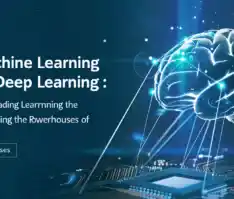 Machine Learning vs Deep Learning: A Comprehensive Guide
Machine Learning vs Deep Learning: A Comprehensive Guide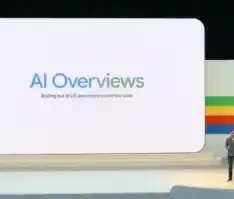 The Amazing Google AI Overview Feature: All You Need to Know
The Amazing Google AI Overview Feature: All You Need to Know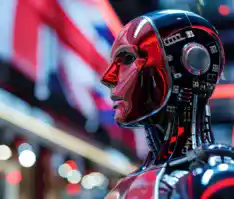 UK Expands Efforts to Address AI Risks with New Office in San Francisco
UK Expands Efforts to Address AI Risks with New Office in San Francisco The AI Assistant Showdown 2024: Are Flirty, All-Knowing Companions the Future of Silicon Valley?
The AI Assistant Showdown 2024: Are Flirty, All-Knowing Companions the Future of Silicon Valley? IBM Watson and Tech Mahindra Propel Sustainable AI
IBM Watson and Tech Mahindra Propel Sustainable AI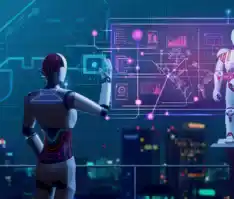 How AI Revolutionizes Hiring and Retention for SMBs
How AI Revolutionizes Hiring and Retention for SMBs